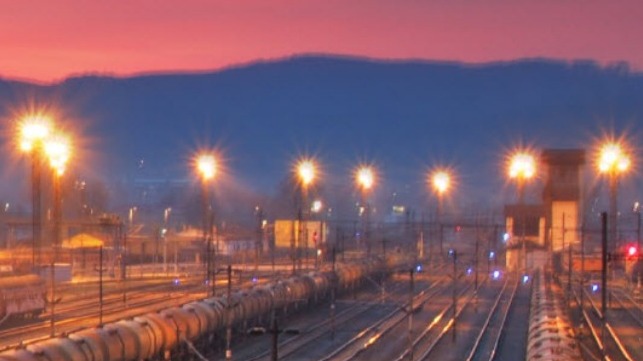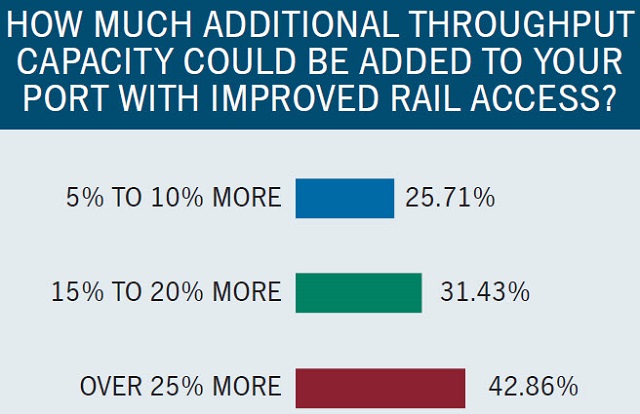U.S. Ports Need $20 Billion for Rail Projects

U.S. port authorities have identified more than $20 billion in projected multimodal port and rail access needs over the next decade, according to the State of Freight III report released this week.
One-third cited pressing rail project needs costing at least $50 million for each of their ports. Two-thirds said that funding and financing options are the biggest obstacles in getting essential rail projects started. Furthermore, 37 percent said that problematic at-grade rail crossings or height-restricted overpasses and tunnels near their ports are constraining cargo-handling capacity, while 36 percent reported that land acquisition is a big problem in developing and planning port rail access projects.

The American Association of Port Authorities (AAPA) survey is the third report in as many years. AAPA President and CEO Kurt Nagle said: “The findings show that while the Fixing America’s Surface Transportation (FAST) Act has been essential in providing the building blocks for a national freight program, more must be done to ensure that multimodal goods movement projects have adequate resources to produce efficient and timely results. These transportation projects are crucial to address our nation’s increasing freight volumes and enhance America’s international competitiveness.”
The report states that the FAST Act’s balanced approach of formula and discretionary funding is ideal, but the government must ensure that access to these funds is not hampered by unnecessary or complicated requirements or limited funding. For example, of the $11 billion authorized in the FAST Act for freight investment, only $1.13 billion was eligible for multimodal projects, and this amount has already dwindled to $275 million after several rounds of FASTLANE and Infra Grants have been awarded.
Ports and their private sector partners are already investing $155 billion over the next five years in their terminals including expansions, infrastructure investments and rail. In many cases these projects are waiting on their government partners to invest in the connections outside the gate that are under their jurisdiction.
The report is available here.
